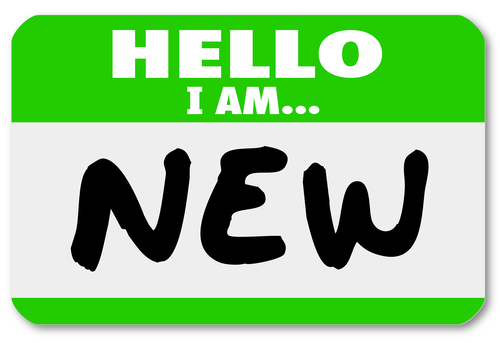 At some point in your leadership experience, you will probably be the new person on the team. You will join an existing team where you need to assume the leadership position. As the leader, you will probably be expected to make changes and improvements to increase team performance. And as the “newbie” on the team, it might be difficult to suggest changes in a way that is easily acceptable to people who have more direct experience with the specific procedures and processes than you do.
At some point in your leadership experience, you will probably be the new person on the team. You will join an existing team where you need to assume the leadership position. As the leader, you will probably be expected to make changes and improvements to increase team performance. And as the “newbie” on the team, it might be difficult to suggest changes in a way that is easily acceptable to people who have more direct experience with the specific procedures and processes than you do.
The concept for navigating this leadership challenge is pretty simple, but it might be difficult for you since you are likely good at identifying and correcting problems. You likely became a leader because you are good at identifying and correcting problems and you tend to take action to fix the problems that you see. However, when people don’t know that you are a good problem solver, issuing directions and changes as statements can trigger resistance more than cooperation.
When you are faced with this situation, the general guidance for managing it successfully is to:
Ask more than you tell.
It is a simple idea, and it’s not necessarily easy to do. Here are some thoughts for how to frame your questions in a way that leads towards cooperation and buy-in and away from resistance and push-back.
Ask about…
The reasons that things are done the way they are done.
There is probably a good reason for the way things are done. It might be a reason driven by history more than it is driven by the current reality, and it is still a reason that made sense at some point in time. The more you understand about why things are done the way they are done, the better you position yourself to suggest changes that are framed in a way that acknowledges and honors the past without being stuck in it.
The constraints that existed when the procedure or process was created.
Some of the things to consider when you seek to understand the reasons for current procedures or processes are the constraints that existed at the time they were created. It’s possible that the current way things are done was developed or created when technology, the number of people, the budget, customer requirements or some other constraint was different from the way they are today.
The way procedures or processes developed the way they did.
Once you understand the constraints that existed at the time the procedure or process was created, you can then inquire about how the procedure or process has evolved since it was created. Maybe it has changed. Maybe it hasn’t. Before you suggest a change, it helps to know what changes have already been attempted.
How conditions have changed since the procedure or process was created.
By asking how conditions have changed rather than telling people that conditions are different, you can actively engage them in the improvement process. When people verbalize their observations about how things have changed, the ideas become theirs rather than yours. People generally accept their own ideas faster than they will accept yours.
You don’t necessarily need to ask the questions in exactly the order listed here. For the purposes of organizing this post, the questions are loosely arranged in a way that leads naturally to a discussion about how to change existing procedures and processes. However, the specifics of your situation might dictate a different approach. The important idea to remember is to ask more than you tell so that you can create dialogue with people about how to move forward rather than tell them how they should change what they were doing before you became their leader.
In the Bud to Boss workshop, we spend a lot of time discussing change, including how to overcome resistance and accelerate organizational change!

0 comments